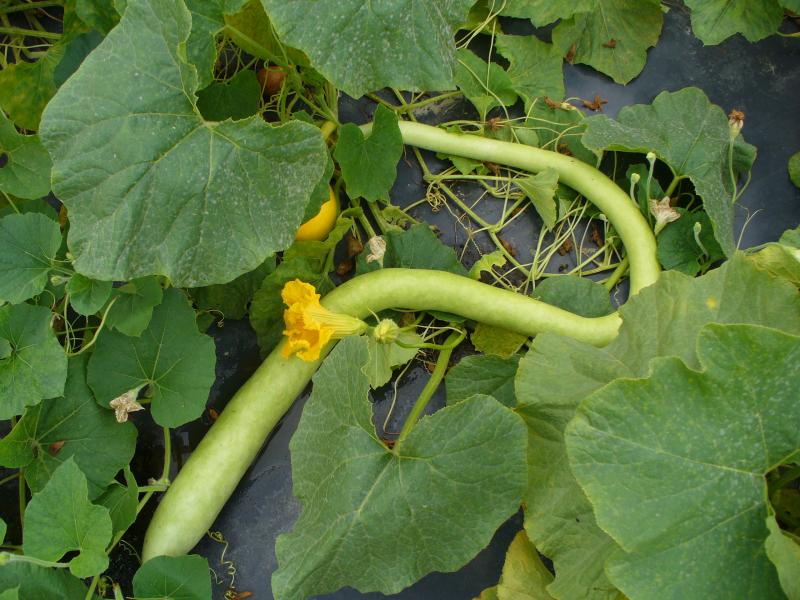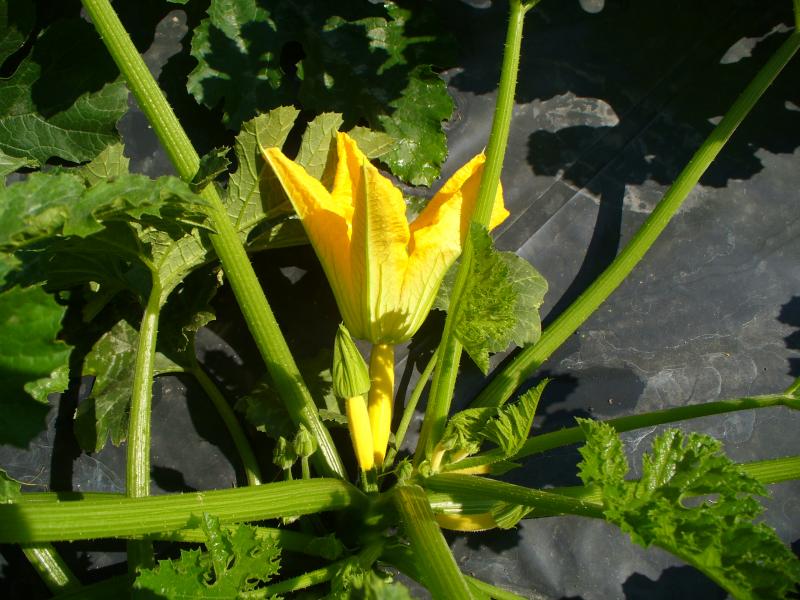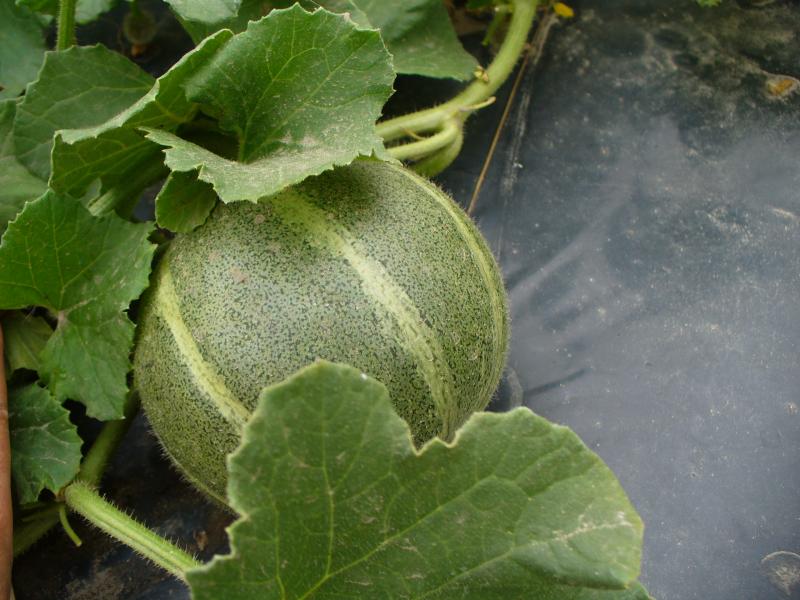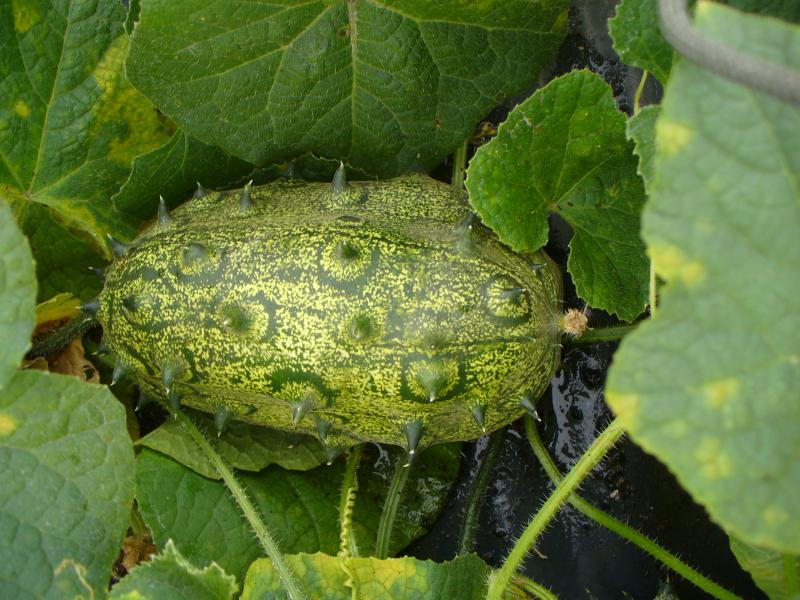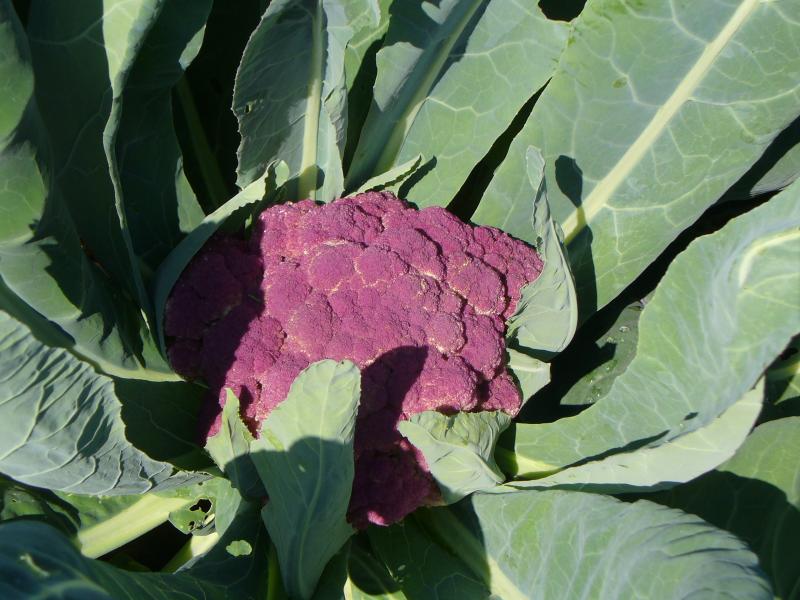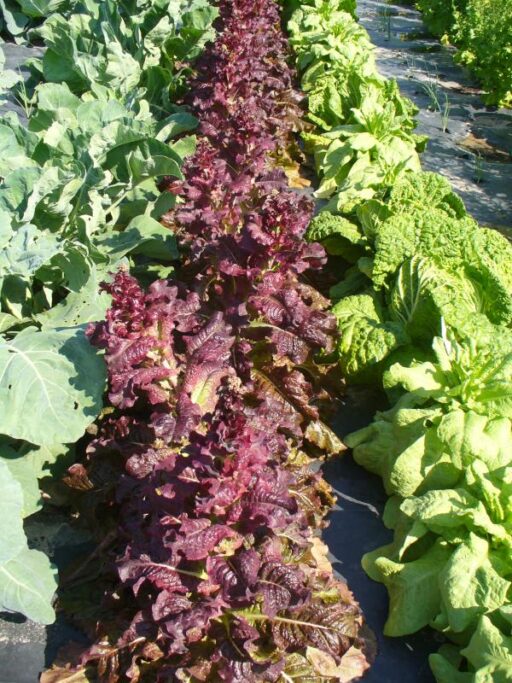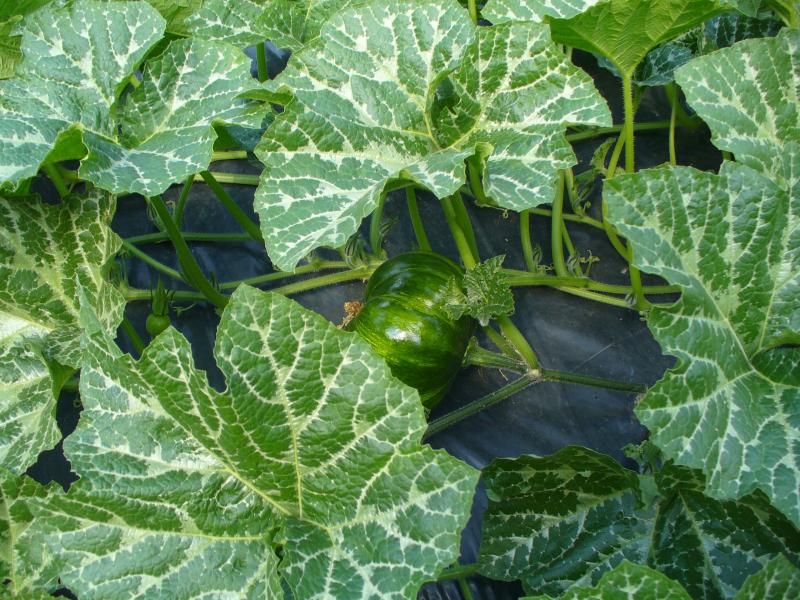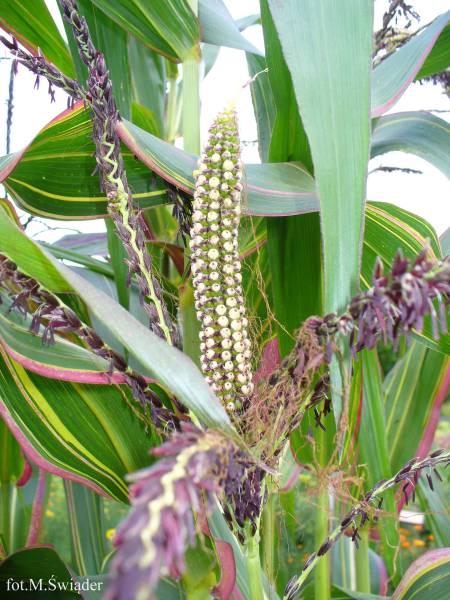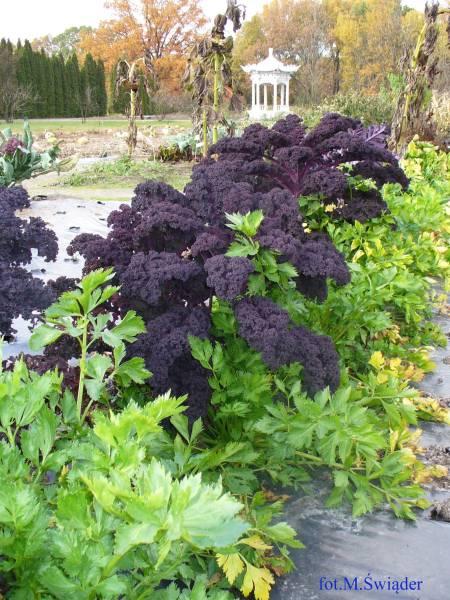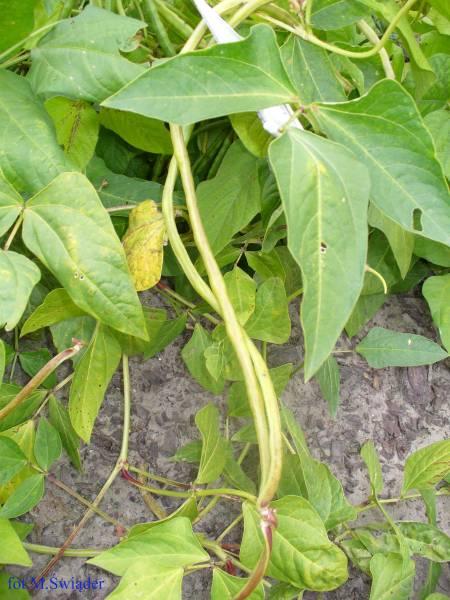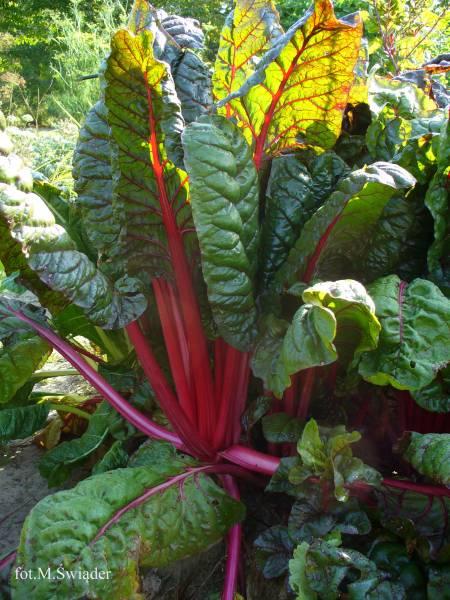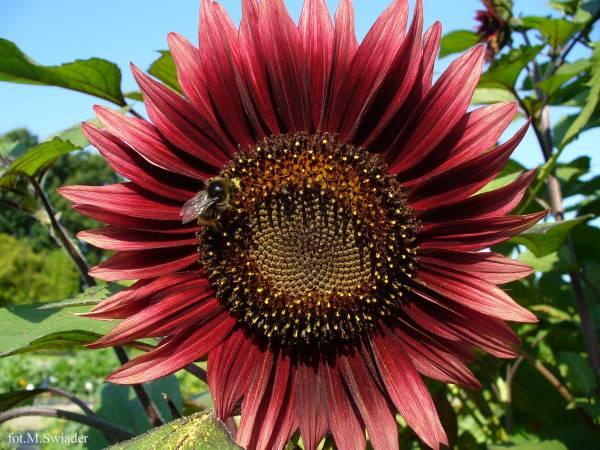- Supervisor: Ewa Napiórkowska
- Number of taxa: about 200 (varies from year to year)
- Area: 0.15 ha
The collection of vegetable plants presents vegetable species and varieties primarily of Polish breeding, as well as species that are little known and rarely cultivated. Every year, as far as possible, new varieties are selected that deserve attention for their taste, dietary or decorative values (their selection depends on the habit, color and shape of the edible parts). About 200 species and varieties can be seen in the collection each year.
A highlight of the collection are vegetables that are little known and rarely grown. Among them are many from other parts of the world, as well as vegetables formerly known in Poland but now forgotten. Among the forgotten vegetables are kucmerka brands with edible roots, topinambur with edible tubers that are sweeter than a potato. The collection includes a place for kale, a brassica vegetable rarely cultivated but very valuable due to its rich source of vitamin C, as well as salsify and scorzonera. Among vegetables that are little known, an interesting plant is the scarlet squash with beautiful, ornamental, scarlet flowers and four-sided pods, edible when young. The plant is native to Mediterranean countries and Transcaucasia.
The vegetable plants in the collection are annuals. As a result, there is a need to prepare the field for vegetables every year, and remove the plants completely in the fall. This also involves the need for rotation - changing plantings from year to year so that they do not grow in the same place. After plowing the field in the fall, the soil rests. Before plowing, you can still apply manure or other organic fertilizer to enrich the soil with valuable components. In the spring, the soil can be re-fertilized as needed after soil analysis. Supplemental fertilization with mineral fertilizers is then applied.
Some vegetables are grown by sowing directly into the field, while others are planted from seedlings, i.e. sowing is done in the greenhouse while snow is still on the field. This is the case with all brassica vegetables, but also with some warm-season species, such as those from the cucurbit and solanaceous families. With this method, the long growing season is shortened. Usually all plants grown from seedlings are planted into a substrate covered with black foil. The foil keeps the moisture in and prevents the growth of weeds, protects the plants from excessive drying of the substrate, and for thermophilic vegetables it additionally insulates them. Vegetables in the collection each year are planted in groups, for example, all cucurbits, legumes and little-known ones next to each other, but some vegetables are grown in so-called intercropping. It consists in planting different species of vegetables in appropriately selected "company". Species are selected so that the plants interact positively with each other through the chemical compounds they produce. Such an arrangement of plantings has a positive effect on the health of the plants. The aroma of the chemical compounds produced has a negative effect on pests, and thus there is no infestation, or the infestation is limited. An example of "good neighborliness" could be planting lettuce and leeks, borage and celery side by side.

